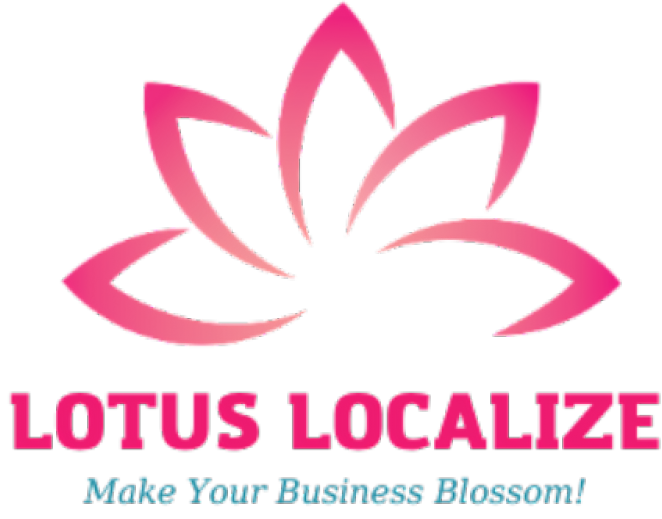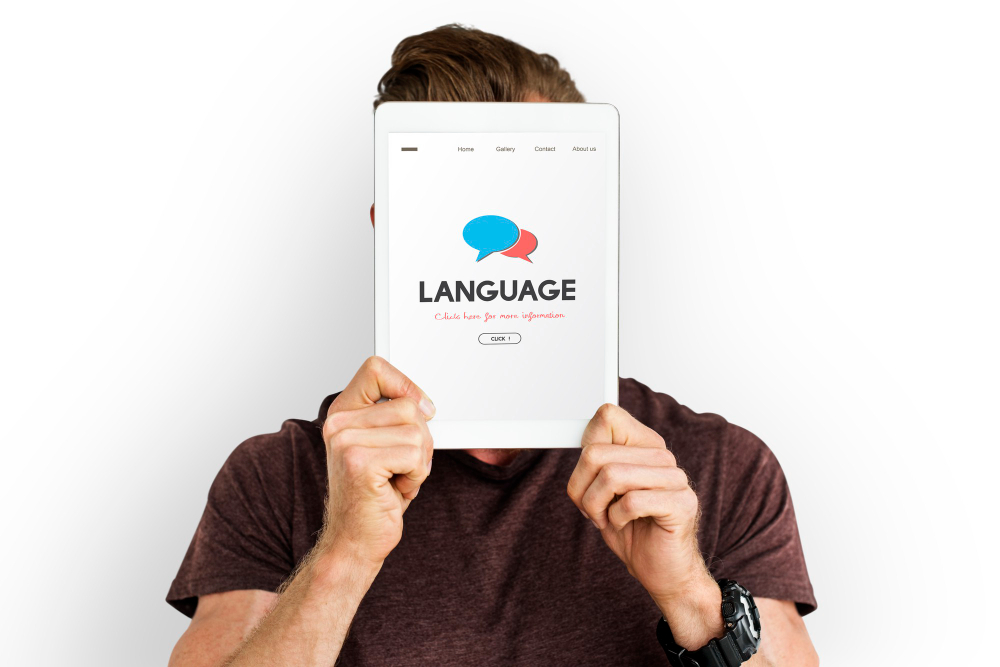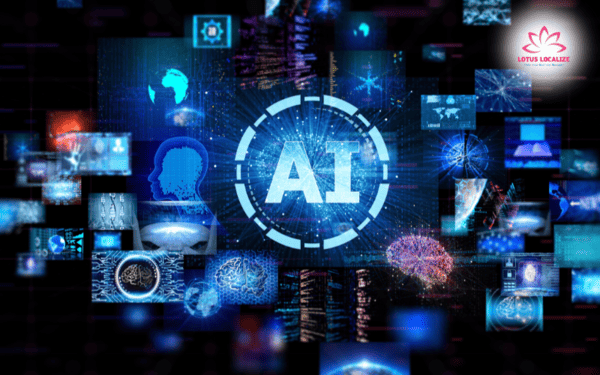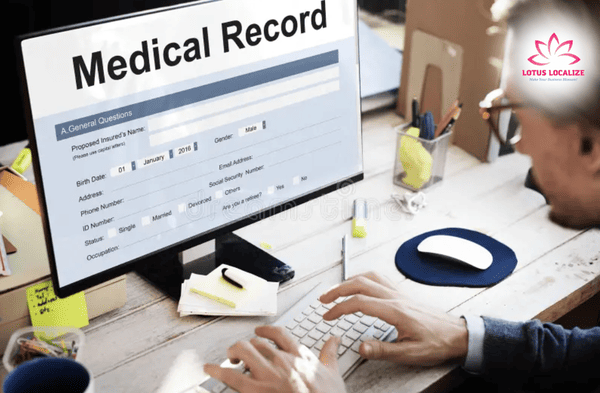
How engineering specifications translation ensures accuracy and compliance in global projects
When a single number in a blueprint is misread, the consequences can be disastrous—misaligned components, failed inspections, or even structural collapse. That’s why in engineering, precision isn’t just important—it’s everything. As firms expand globally, their technical documents must be flawlessly translated to guide international teams and meet regulatory standards.
But this isn’t your average translation job. Engineering specifications translation demands deep technical knowledge, linguistic accuracy, and meticulous attention to detail. In this article, we’ll explore why this specialized translation is essential, what’s at stake if it goes wrong, and how to ensure your multilingual documents are both accurate and compliant.
What are engineering specifications?
Understanding engineering specifications translation
Engineering specifications are detailed documents that outline the standards, procedures, and technical details necessary to complete a project or manufacture a product. These may include:
- Product datasheets
- CAD drawings and blueprints
- Bill of materials (BOM)

- Safety compliance documents
- Material requirements and tolerances
- Installation and maintenance guides
- Testing procedures
These specifications serve as the backbone of engineering projects, guiding designers, manufacturers, quality control teams, and inspectors. As such, any misinterpretation in their translation can severely disrupt workflows and compromise product safety or compliance.
Read more: Consumer electronics translation that drives global usability and growth
Industries that benefit from engineering specifications translation
Engineering specifications are crucial across a wide range of sectors. Accurate translations ensure these industries remain competitive and compliant globally:
- Aerospace and aviation: Flight manuals, part specifications, and safety standards must meet international regulations.
- Automotive manufacturing: Vehicle design and production standards require cross-language alignment in multinational supply chains.
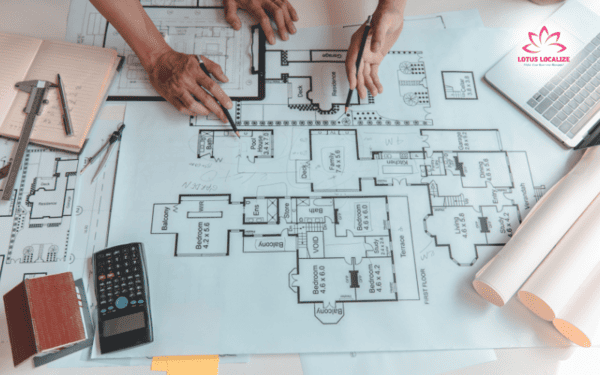
- Oil and gas: Drilling specifications, pipeline plans, and environmental impact documents must be precisely translated.
- Civil engineering and construction: Projects spanning multiple countries require translated blueprints, structural analyses, and material specs.
- Electronics and semiconductors: Micro-tolerances and advanced materials make accurate technical translations essential.
Why engineering specifications require professional translation
Unlike general content, engineering specifications translation demands extreme precision and domain expertise. The consequences of mistranslating a dimension, material type, or tolerance are far-reaching. Here’s why this type of translation should only be handled by professionals:
High stakes for accuracy
In technical contexts, even a minor translation error can lead to severe outcomes—ranging from product recalls to structural failure. A poorly translated technical drawing may cause components to be misaligned or manufactured incorrectly.

Specialized terminology
Engineering language is filled with jargon and industry-specific expressions that require precise equivalents in other languages. Maintaining technical terminology consistency across multiple documents and languages is key to ensuring clarity and accuracy.
Regulatory compliance
Many industries are subject to local and international regulations. Accurate compliance translation is necessary to meet legal standards such as ISO, ANSI, CE marking, or regional environmental and safety requirements.
Given these high stakes, partnering with a professional translation provider is not just recommended—it’s essential to ensure safety, reliability, and global compliance.
Read more: How product manual translation helps your business scale globally with clarity and confidence
Common challenges in engineering specifications translation
The complexity of translating engineering documents stems from more than just technical vocabulary. Translators face a number of challenges, including:
Format and software compatibility
Documents often originate in specialized formats like AutoCAD, SolidWorks, or embedded PDF layers. CAD file translation requires not just linguistic skill but also familiarity with engineering software to preserve layout and structure.
Ambiguity in original content
Engineering specifications may include abbreviated terms, symbols, or incomplete notes understood by native engineers but unclear to translators without context.

Regional differences in standards
Specifications created in Japan, for instance, may reference different units of measurement or tolerances than those used in the United States or Europe. These nuances must be accurately localized.
Maintaining layout integrity
Preserving original formatting—tables, diagrams, annotations—is essential in engineering translation. A well-formatted translation ensures usability for teams on the ground.
Overcoming these challenges requires not only linguistic fluency but also technical insight and the right tools—making expert engineering specifications translation essential for project success across borders.
Best practices for accurate engineering specifications translation
To ensure accurate and reliable translations, companies and translators should follow these best practices:
- Employ translators with technical background: Professionals with engineering or scientific degrees bring contextual knowledge that generalist translators lack. Partnering with engineering translation services staffed by such experts can greatly reduce errors.
- Build a comprehensive termbase and style guide: Establishing a terminology database ensures technical terminology consistency across documents and projects. Style guides help maintain tone, units, and formatting standards.

- Utilize CAT tools and translation memory: Computer-Assisted Translation (CAT) tools like SDL Trados or memoQ support technical document translation by storing previous translations, suggesting consistent phrasing, and speeding up large-scale projects.
- Implement multi-stage QA process: Every engineering translation should undergo review by a second technical linguist, followed by a QA check to ensure formatting, consistency, and accuracy.
By following these best practices, companies can safeguard the accuracy, consistency, and compliance of their engineering specifications across languages and markets.
Engineering specifications translation and regulatory compliance
One of the most critical roles of engineering translation is in supporting compliance with local and international standards. Whether it’s European CE marking, American ANSI protocols, or ISO certifications, translated documentation is often required for:
- Product registration
- Market entry approval
- Safety and environmental audits
- Technical inspections

Compliance translation ensures that regulatory language is not only accurate but also meets the specific formatting and procedural requirements of the target country.
In some regions, incomplete or incorrect translations can result in outright rejection of a product or suspension of licenses—adding legal and financial risks to a company’s global strategy.
Choosing the right translation partner for engineering specifications translation
Selecting a capable translation partner is essential for success in engineering specifications translation. Here’s what to look for:
- Industry expertise: Choose a vendor with demonstrable experience in your engineering sector.
- Qualified linguists: Seek translators with degrees or hands-on experience in engineering or technical fields.
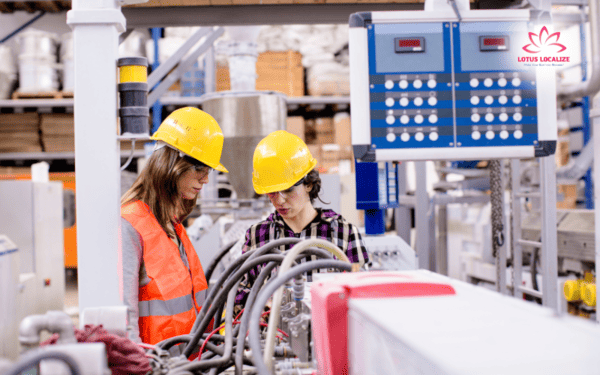
- Confidentiality policies: Ensure the service provider adheres to strict data protection protocols.
- Technology compatibility: Ask whether they handle specific formats like CAD, DFX, or XML.
A reliable engineering translation service should also offer scalability for large projects, fast turnaround times, and a proactive customer support system.
Choosing a specialized partner like Lotus Localize ensures that your translated specifications are not only linguistically precise but also technically sound—giving your teams confidence to execute projects worldwide without miscommunication or risk.
As the engineering industry becomes increasingly global, the need for precise, professional engineering specifications translation continues to grow. These documents are the technical blueprint for entire infrastructures, machines, and safety systems. Misinterpretation at this level is simply not an option.
Investing in expert translation services is not just a logistical necessity—it’s a strategic advantage. From ensuring technical accuracy to meeting international compliance requirements, high-quality translations can make or break a project’s success. For organizations operating in multilingual engineering projects, the message is clear: language matters, and so does getting it right the first time.
If you have any questions or need assistance with document translation services for many industries: life sciences translation, education translation, technology translation, financial translation, marketing translation, manufacturing translation, government translation,… and interpretation services: escort interpreting, simultaneous interpretation, remote interpretation, and localization services: software localization, game localization, app localization,… please contact Lotus Localize immediately at +84 866 224 968 or visit the website: lotus-localize.com for advice on the best solutions!
QUALITY PROMISE
Lotus Localize offers consistent, high-quality service delivery in all customer engagements. Our in-house translators and staff adhere to well-established business processes, allowing us to communicate properly, deliver on time, and surpass client expectations.
